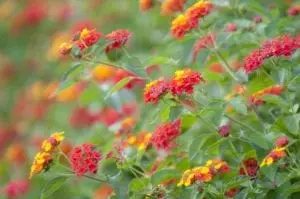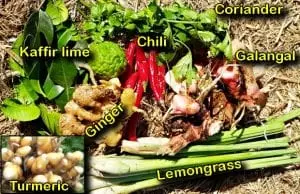It’s no news to any of us that subtropical and tropical climates have extremely hot summers. Add to that some punishing humidity & daily downpours, and you’ve got the potential for some vegetable gardening disasters. Anyone who has tried to grow traditional European crops through a QLD summer has learnt the hard way that hot climates have their own set of rules for summer gardening! Basics like lettuce, broccoli, cauliflower, cabbage and spinach might do well in the temperate summer of England, but they simply won’t cope with the high temperatures, high rainfall, humidity and intense pest pressure of a tropical summer in areas like (QLD and Florida).
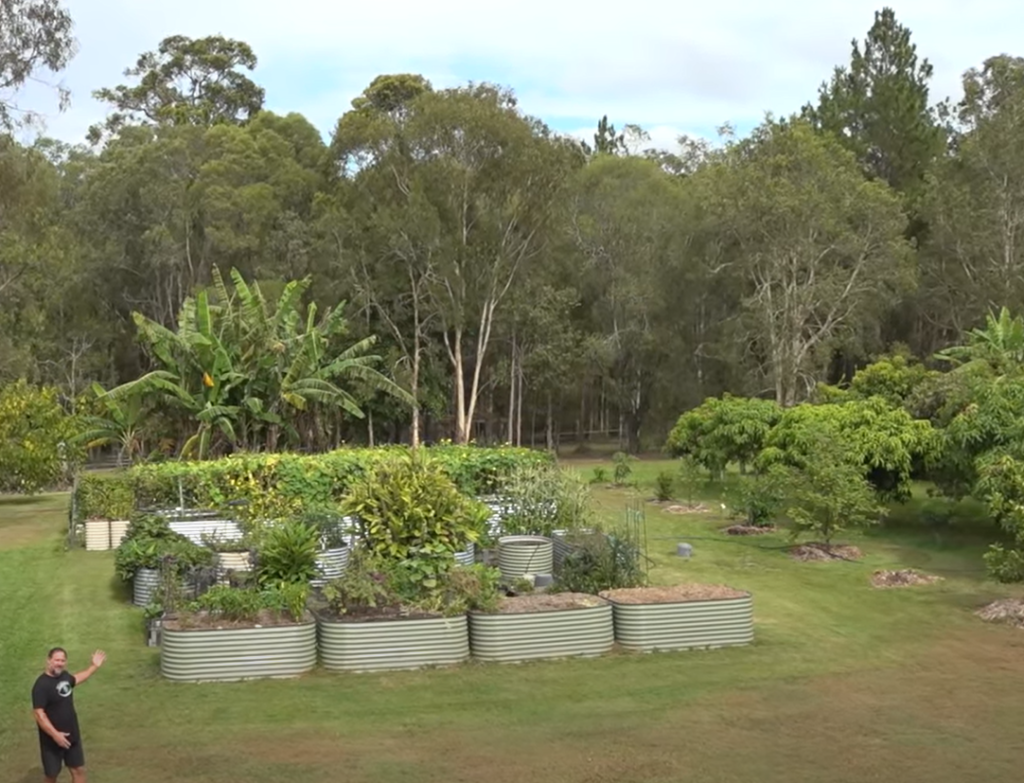
In order to grow food all year round, we need to turn to crops that not only survive, but will thrive, in our heat. It’s nice to be able to grow a variety, too, so that by eating seasonally, even in the hottest months you can put a balanced meal on the table from your own garden. These 6 top crops you can grow in a hot (HOT!) summer are all highly nutritious, easy to grow, and resist small pests relatively well.
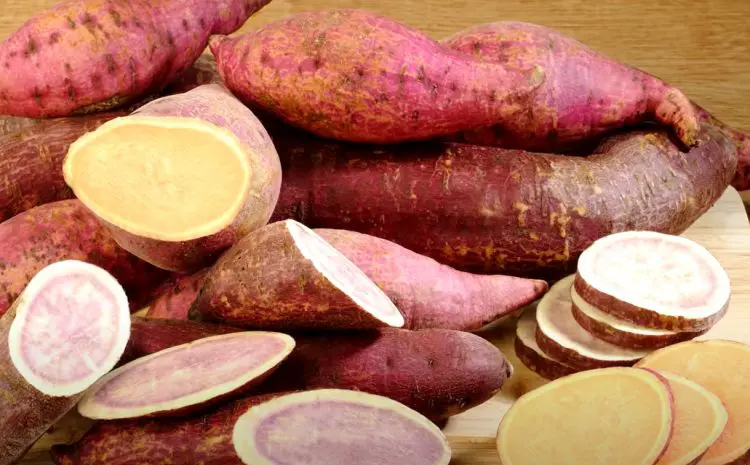
Sweet Potato
Sweet potatoes are one of the easiest and most handy vegetables to have in your garden. They’re mostly grown for the delicious & nutrient-dense tubers, but the leaves can be eaten too. Sweet potato leaves are high in fibre, rich in numerous vitamins, and can be used just like any other spinach. I find that continual harvesting of leaves for the kitchen keeps any excess growth in check.
This vigorous vine takes root in the soil at leaf nodes, so its best grown in a contained position (this also makes for easier harvesting). It loves the heat and heavy rainfall that summer brings, but as a root crop it naturally needs excellent drainage. Sweet potato can also smother out other crops, so interplant with forethought.

Sweet potato will happily cope with full sun through summer and it won’t suffer much pest damage. You’ll probably get some holes munched out of the leaves by grasshoppers and caterpillars, but don’t worry about it unless the plant is getting completely stripped. Even with lots of insect activity, the average sweet potato plant will be fine on its own and shouldn’t need any direct pest management. Our article on sweet potato growing has all the details.
Spinaches
You might be surprised to learn that there are quite a number and variety of spinaches that will thrive through hot summers. Not only that, but some of them are perennial too, which makes gardening all the easier.


Perpetual gator spinach (beta vulgaris) is a short-lived perennial whose mild-tasting leaves look much like those of its close relative, beetroot. This heat-resistant biennial will grow year-round in the subtropics and its cut-and-come-again harvesting style is perfect for the home gardener.
Okinawan spinach (gynura crepioides) is a pest-resistant perennial green that is a delight in any tropical or subtropical veggie garden-in fact, the hotter the better for this one. It has an upright habit with an attractive purple underside to the leaves, and if left unharvested will form a dense matted groundcover (often something which is desirable & hard to achieve in hot climates). Harvest by picking as many leaves as you need, then cook them quickly & easily by throwing them in at the end of a stir-fry.


Brazilian spinach (alternathera sisso) is a low-growing perennial spinach of the amaranth family which thrives in hot summers and full sun. Ideal for tropical regions, this cut-and-come-again leafy green cooks up beautifully and re-grows quickly. Hardy and pest-resistant, this plant is easy to propagate via cuttings and also works well as a border or edge plant due to its compact habit and maximum height of 30cm.
Malabar spinach (basella alba) is a lovely decorative vine with edible leaves- but is not for the faint hearted. This enormous vine grows very quickly & can easily become over 40 feet long. Consequently, this strong climber needs a solid trellis for support. The semi-succulent leaves retain water well but this does give them a mucilaginous texture which is notable when cooked on its own. Malabar spinach will survive through winter in a warm position, needs little maintenance and is relatively pest-free. It provides year-round nutritious food and self-seeds readily. Perennial in the tropics, it can be grown as an annual in cooler areas.


Kang Kong (ipomoea aquatica) is an herbaceous trailing vine with a semi-aquatic habit. A tender perennial to 3m, its leaves can be eaten as a cut-and-come-again spinach. Native to south-east Asia, kang kong loves moist soil & grows happily in natural water courses, so in the home garden it makes for a low-maintenance food plant. Simply grow it in a large pot sitting in water, and keep it in a well-lit area. Like most spinaches on this list, it requires little cooking, is pest-resistant, and provides year-round food. A perennial in the tropics and subtropics, it will die back through winter and revitalise itself as the temperatures rise.
Egyptian spinach (corchorus olitorius) is a hardy, fast-growing annual to 1m. This protein-rich green can be eaten cooked or raw: use the small young leaves fresh in salads and the older leaves for cooking. Like malabar spinach, Egyptian spinach self-seeds readily, so this is an easy plant to grow every year without any effort.

Corn
Corn is one of the 3 biggest plant-based food sources in the world, and is a great summer staple vegetable in a hot climate. This fast-growing annual is nutrient dense, easy to preserve, and blends into a variety of recipes. Corn can be grown year-round in the tropics and during summer in subtropical areas. For best results, make the soil rich in organic matter & well-mulched, and keep the water up to it.

Okra
Native to Ethiopia, this lesser-known vegetable is a winner in the hot-climate summer garden. Okra pods are the edible part of the plant: they grow to about 15cm (5″) long, and can be eaten on their own or added to stews, stir-fries and soups. This is a brilliant annual vegetable for the tropics- the pods grow incredibly fast (zucchini speed) and the plant is pest-resistant and relatively drought tolerant. In the kitchen okra is something of a variable vegetable, which on its own has a mild, somewhat grassy taste. It’s crunchy when cooked quickly yet tender when slow-cooked. The mucillage factor is all-encompassing when its crumbed and fried, yet slice it and throw it into a stew and you won’t even notice it.


Snake Beans
This popular Asian vegetable is a fantastic tropical summer replacement for green beans. Like the other veggies on this list, they are fast growing, produce a lot of food and are pest-resistant. Best harvested at the thickness of a pencil, these enormously long beans can be eaten raw or cooked and freeze well. A frost-tender annual, they thrive in hot weather and can cope with full sun. Snake beans are just as versatile in the kitchen as regular green beans, and should be picked at about 30cm long for best eating.
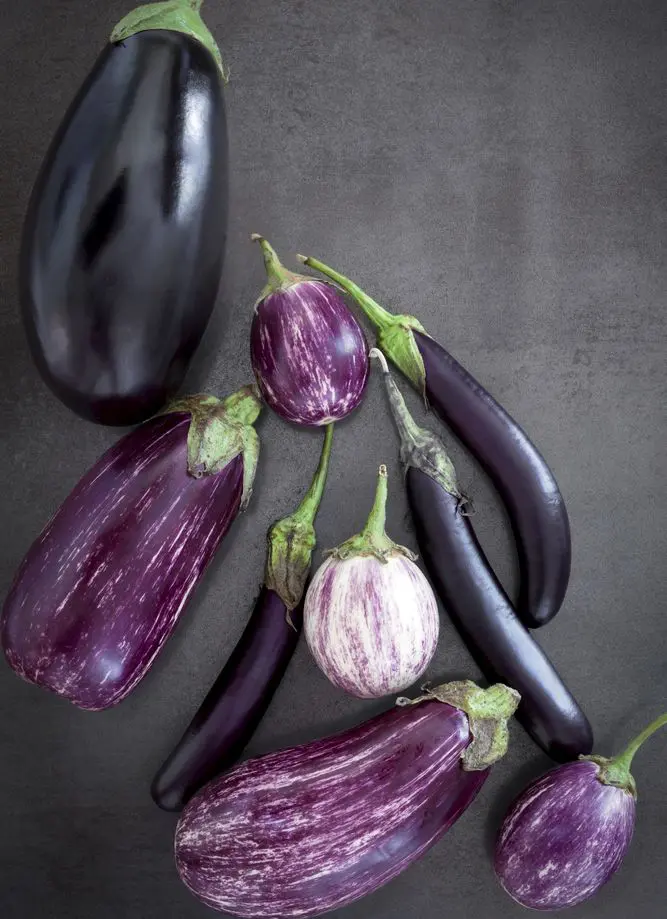
Eggplant
Eggplant is a subtropical vegetable that loves summer and thrives in warm, fertile and well-drained soil. This versatile veggie is a great addition to soups, stews and stir-fries, yet is good enough to be the star of the show too, in dishes like eggplant parmigiana. Eggplant has several different varieties to choose from, which each have differently shaped and sized fruits. The leaves of this plant may suffer some pest damage during summer but the fruits turn out perfectly. Eggplant plants can be successfully over-wintered in warm climates- just prune them heavily and keep them in a sunny position and they’ll spring back to life when the weather warms up again.
Remember this is not an exhaustive list of summer veggies for the tropics- there’s always something else, right? To see what Mark likes growing in the Self Sufficient me home garden, watch the youtube video below. Happy summer gardening!

